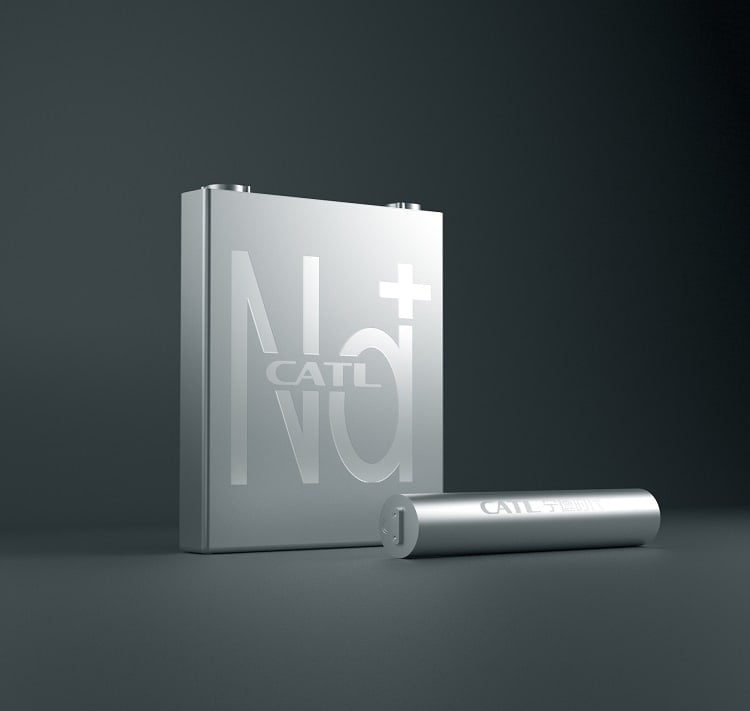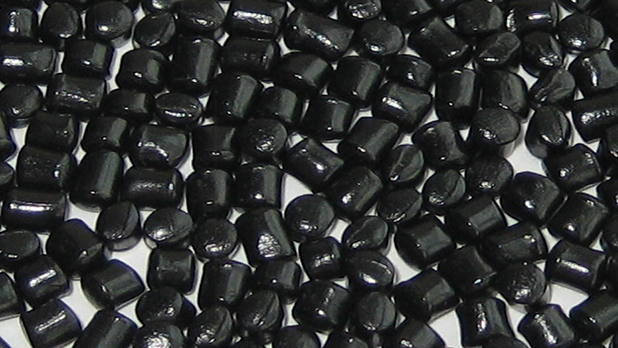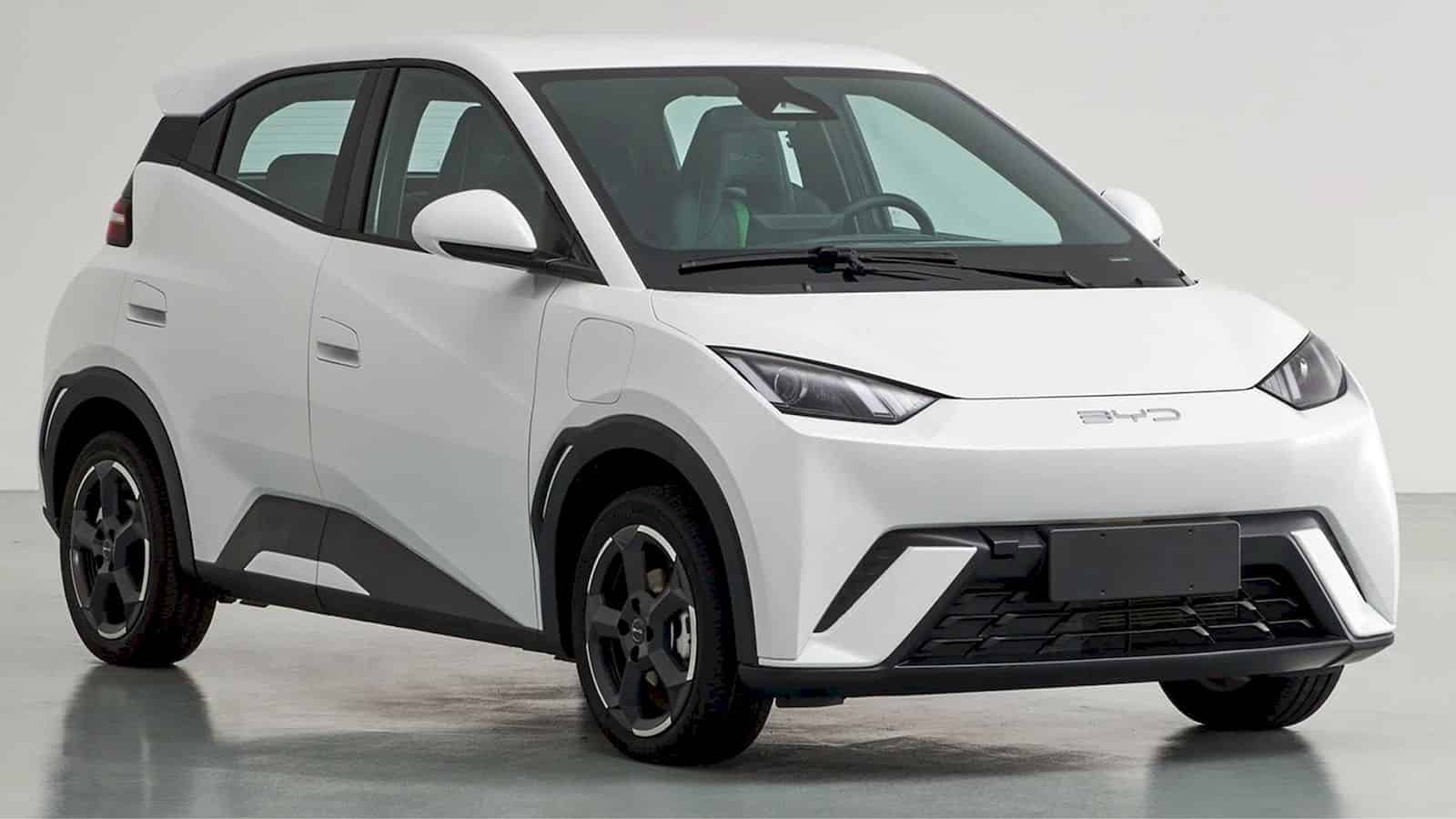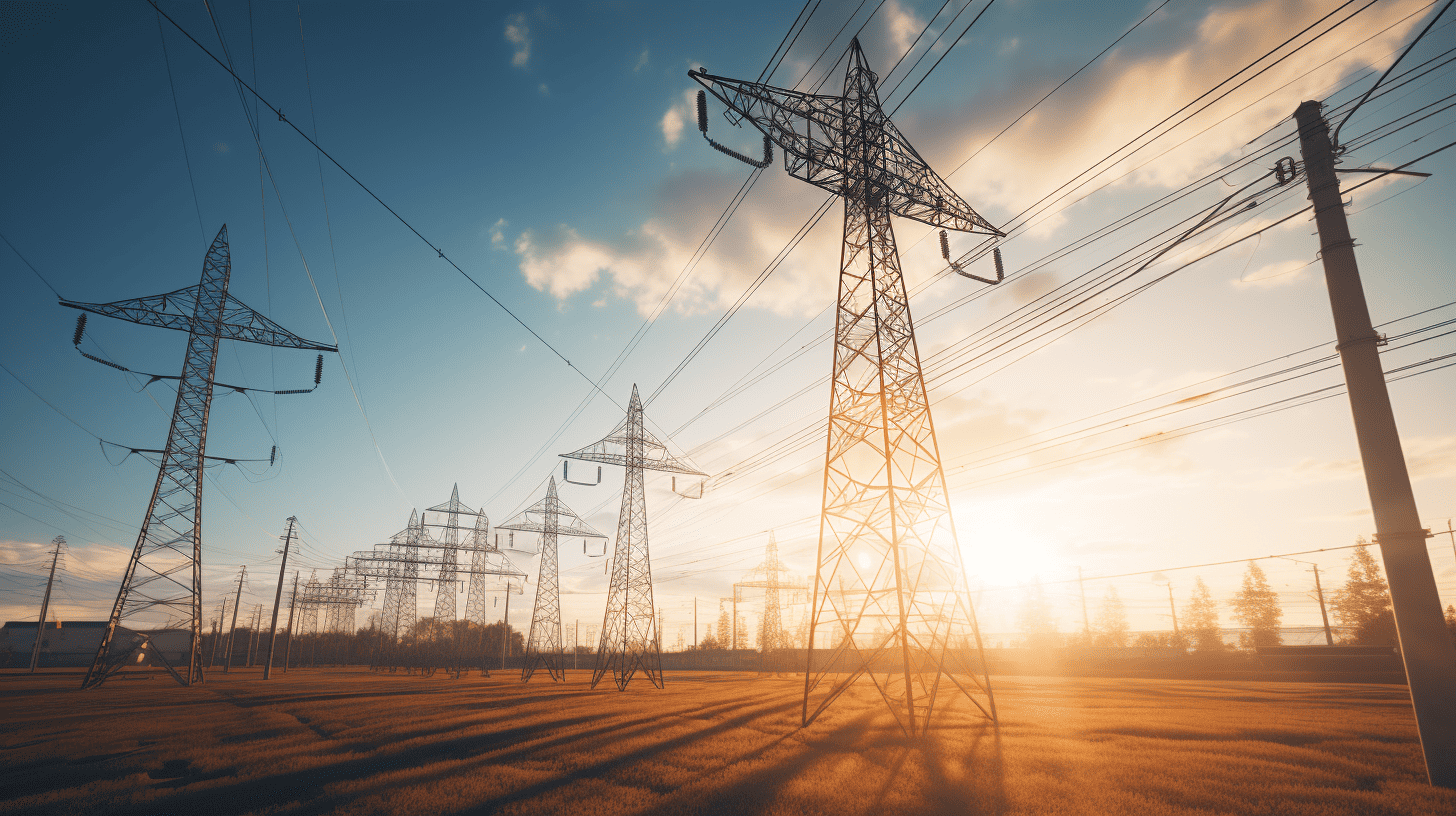
A team at Tokyo University of Science, headed by Professor Shinichi Komaba, is on the brink of a commercial breakthrough in sodium-ion (Na-ion) battery technology. The team’s innovation, a high-capacity nanostructured hard carbon electrode, promises exceptional performance and could be a game-changer in the battery industry. Cheaper and safer than lithium-ion counterparts, Na-ion batteries offer stability in extreme temperatures and pose no risk of overheating. These batteries are already available and in use, but still lag behind lithium-ion in sales.
- Na-ion batteries, with nanostructured hard carbon electrodes, offer a cost-effective, safe alternative to Li-ion.
- Abundant sodium availability and lower production costs make Na-ion a promising solution for energy storage.
- Despite lower energy density, ongoing advancements position Na-ion batteries as key players in electrification’s future.
Understanding Na-ion battery technology
Numerous factors contribute to the rising interest in sodium-ion (Na-ion) battery technology. Among these factors is the simplicity of the Na-ion’s working principle, mirroring that of the lithium-ion (Li-ion) batteries. At its core, the Na-ion battery operates on the movement of sodium ions between electrodes during charge and discharge cycles. This similarity to Li-ion batteries allows existing manufacturing facilities to adapt to Na-ion technology with minimal adjustments, potentially accelerating its adoption in various sectors.
The recent advances in Na-ion technology can be largely attributed to the development of hard carbon electrodes. This form of carbon is structurally denser than other types, enabling higher ion storage capacity. The innovation by Professor Komaba’s team involves a synthesis strategy that results in nanostructured hard carbon with nanopores. These pores significantly increase the electrode’s capacity to store sodium ions, thereby enhancing the battery’s overall performance.
Comparing Na-ion with Li-ion batteries
In comparison to their Li-ion counterparts, Na-ion batteries present several advantages. The most striking is cost-effectiveness, owing to the abundant availability of sodium. While lithium is a relatively rare element, sodium, the Na in NaCl or table salt, is plentiful, especially in seawater, making it more accessible and cheaper to obtain. Moreover, Na-ion batteries do not require cobalt, copper, and nickel, which are essential but expensive components of many Li-ion batteries.

Safety is another area where Na-ion batteries have the edge. Li-ion batteries contain liquid electrolytes that are toxic and flammable, posing risks of overheating and combustion. Na-ion batteries, on the other hand, offer stability against extreme temperatures without such risks. Although Na-ion batteries currently have a lower energy density compared to Li-ion batteries, they are catching up. The hard carbon electrodes developed by Komaba’s team have achieved an energy density that is 1.6 times greater than the first-generation Na-ion batteries, and equivalent to some commercial Li-ion batteries.
The role of Na-ion in the electric revolution
As the world moves towards electrification and green energy, the demand for efficient and affordable energy storage solutions escalates. Intermittent renewable sources like solar and wind require robust storage systems to manage supply and demand effectively. Na-ion batteries, with their lower cost and improved safety, emerge as a promising solution for stationary storage applications, such as those for renewable energy facilities.

Though Na-ion batteries are already on the market, their adoption rate lags behind that of Li-ion batteries. However, with the ongoing advancements and their potential for use in smaller electric vehicles (EVs) and home energy storage systems, Na-ion batteries may soon see a surge in demand. Companies like CATL and HiNa have made significant moves in this direction. CATL has begun mass production of Na-ion batteries, and HiNa has been the first to place these batteries in EVs in China.
Environmental and economic implications
The environmental benefits of Na-ion batteries extend beyond the absence of toxic and flammable materials. The production and end-of-life management of Na-ion batteries have a comparable lifecycle to Li-ion batteries. With an abundant supply of raw materials and no foreseeable shortage, the transition to Na-ion technology could alleviate the environmental pressures associated with lithium extraction.
Despite the lower energy density of Na-ion batteries, they are well-suited for applications that currently use lithium iron phosphate (LFP) battery packs. The specific price for Na-ion battery packs is lower and expected to decrease further as production volumes increase and technology advances. This economic advantage, combined with the environmental benefits, strengthens the case for a broader adoption of Na-ion batteries in the near future.
Potential drawbacks and future outlook
Nevertheless, there are challenges to overcome. One of the primary concerns is the lower energy density of Na-ion batteries compared to Li-ion, which limits their use in certain applications that require high energy capacity. Additionally, while Na-ion batteries perform well in cold temperatures, there is a need for further research to enhance their high-temperature performance and longevity.
Looking ahead, the future of Na-ion batteries appears promising. With nearly 30 manufacturing plants operating, planned, or under construction—mostly in China—the industry is gearing up for significant growth.






